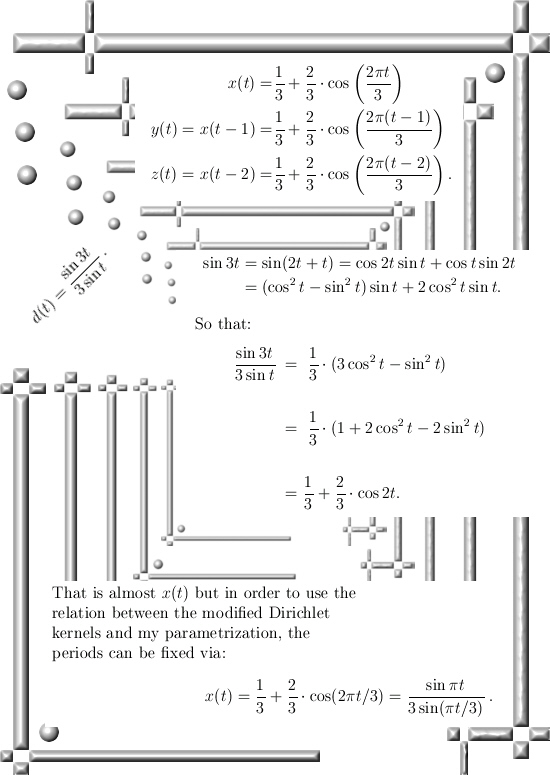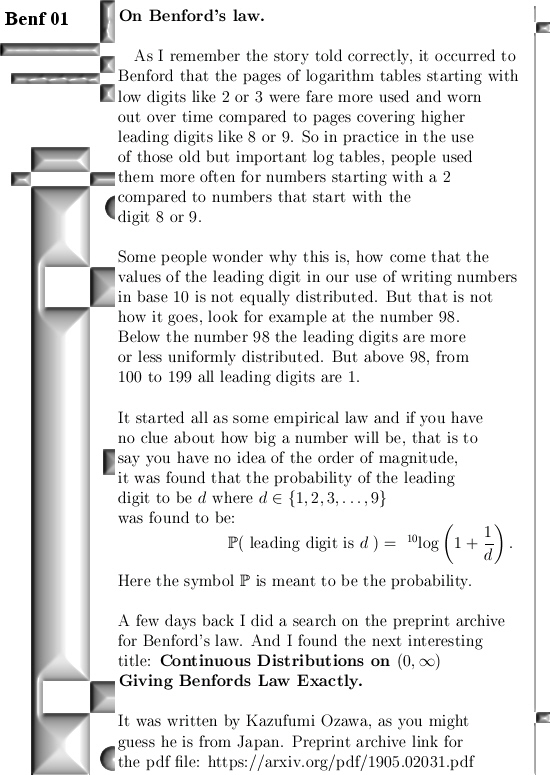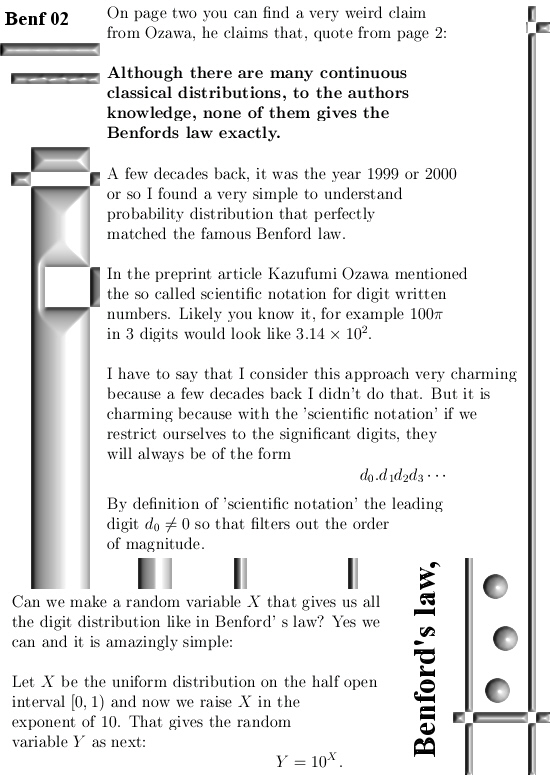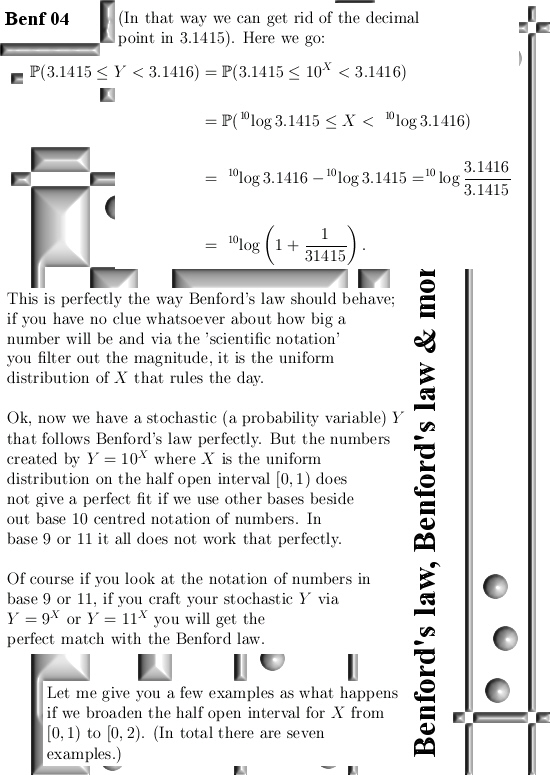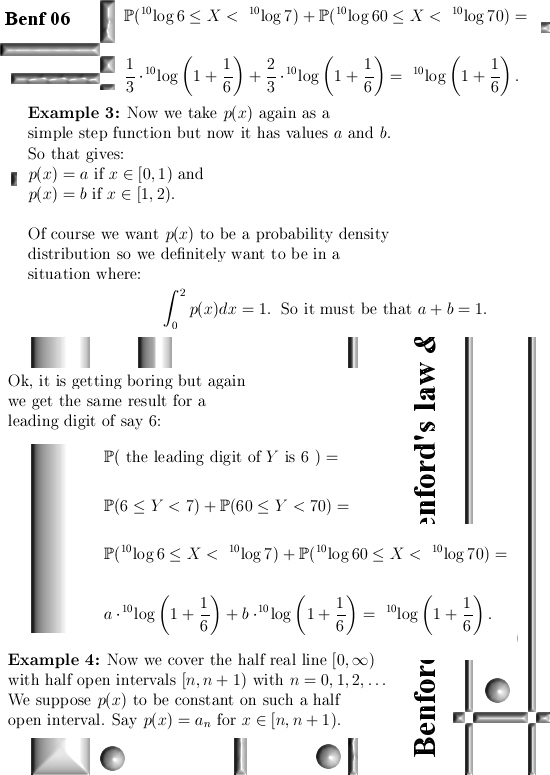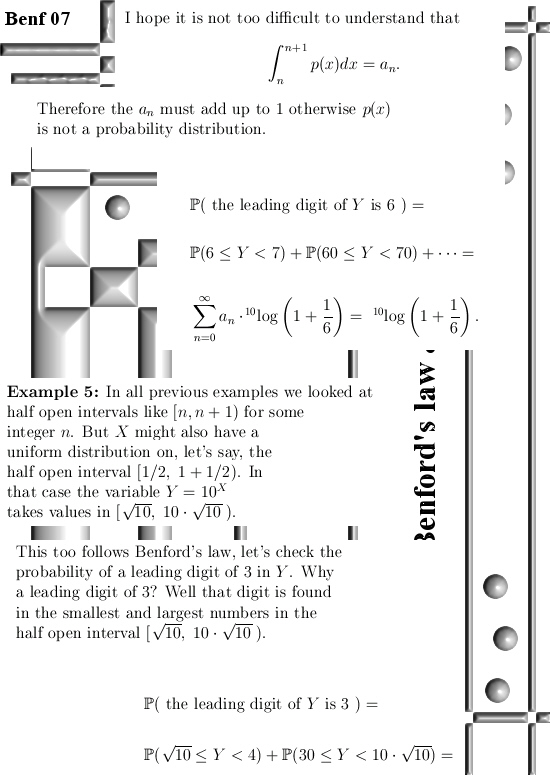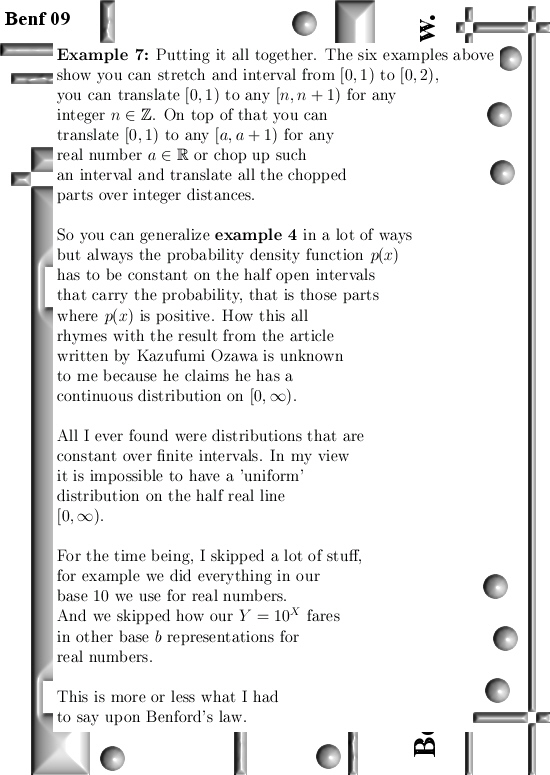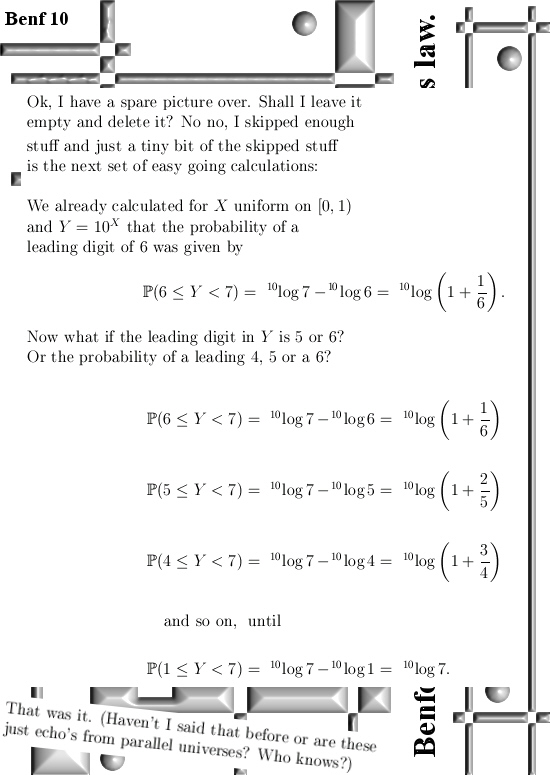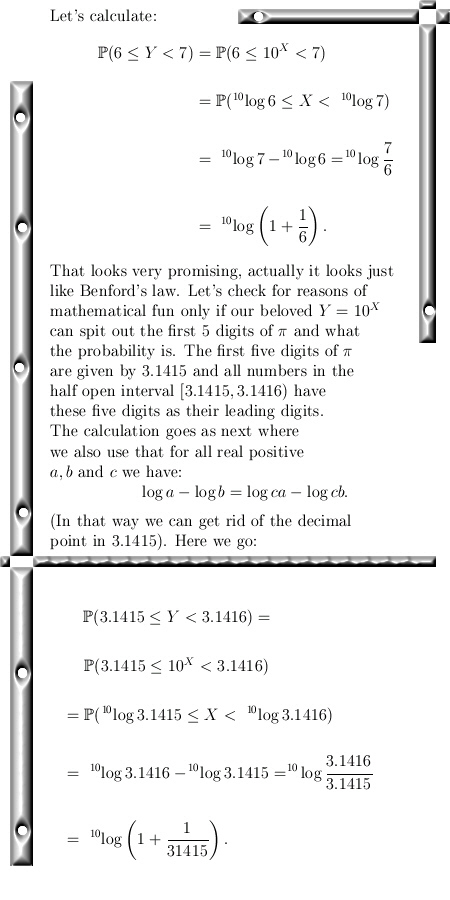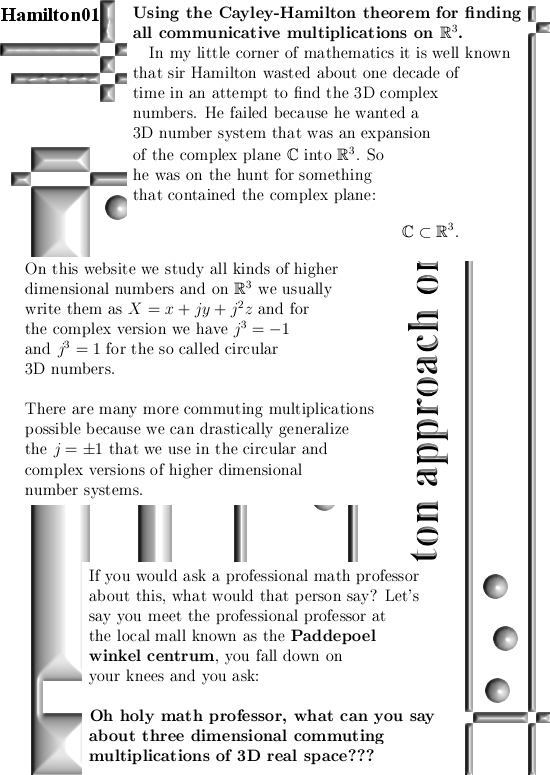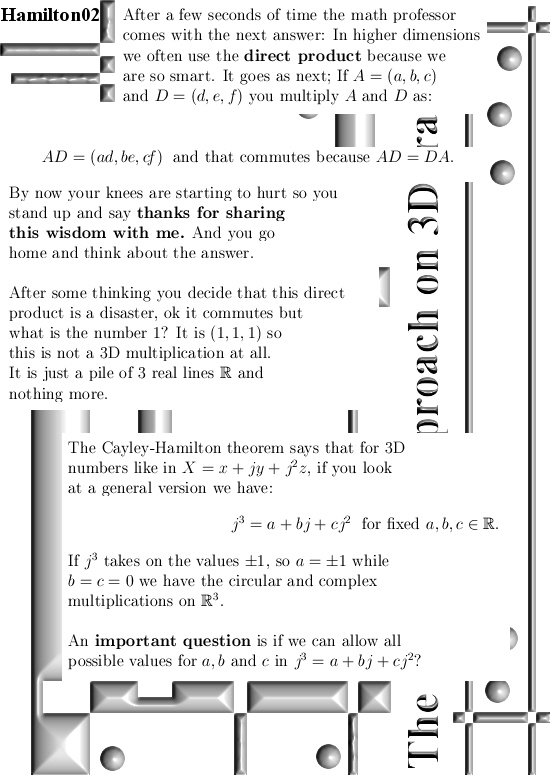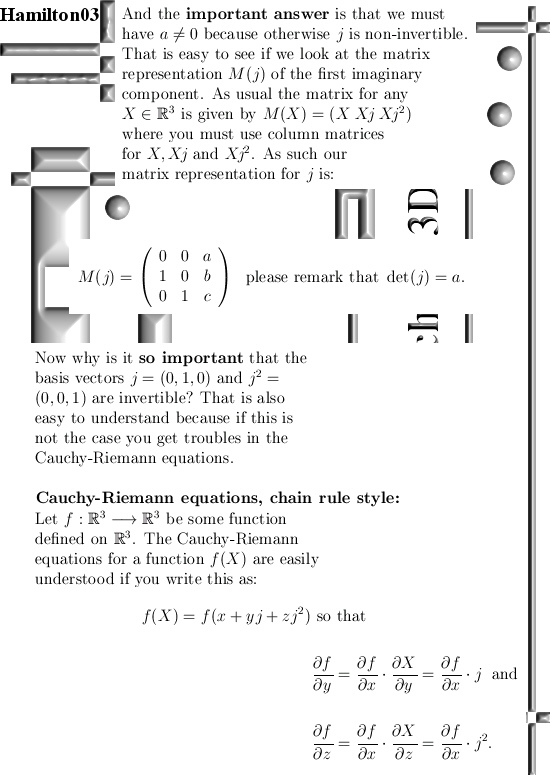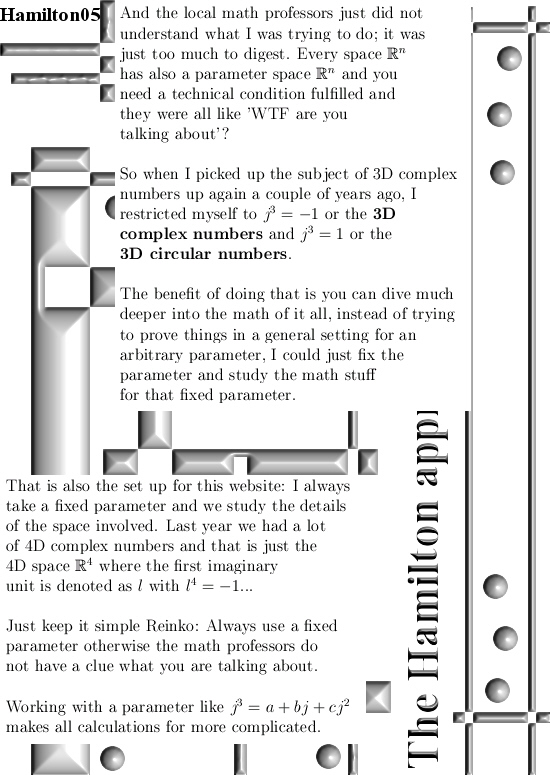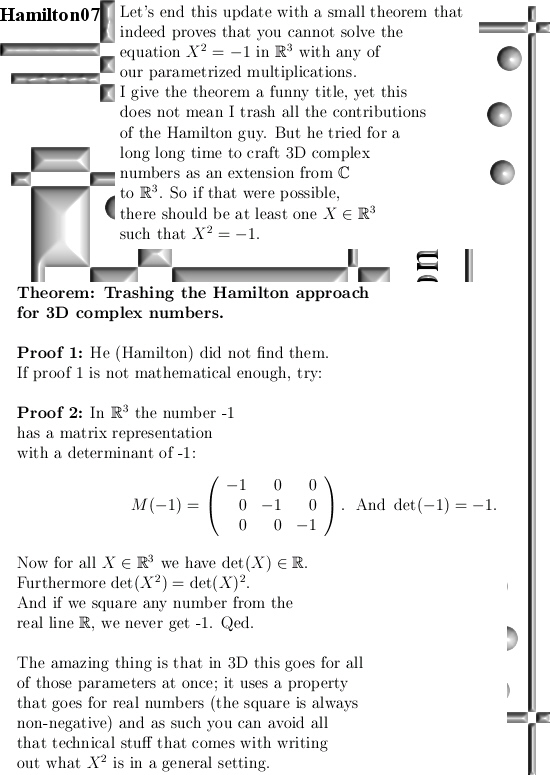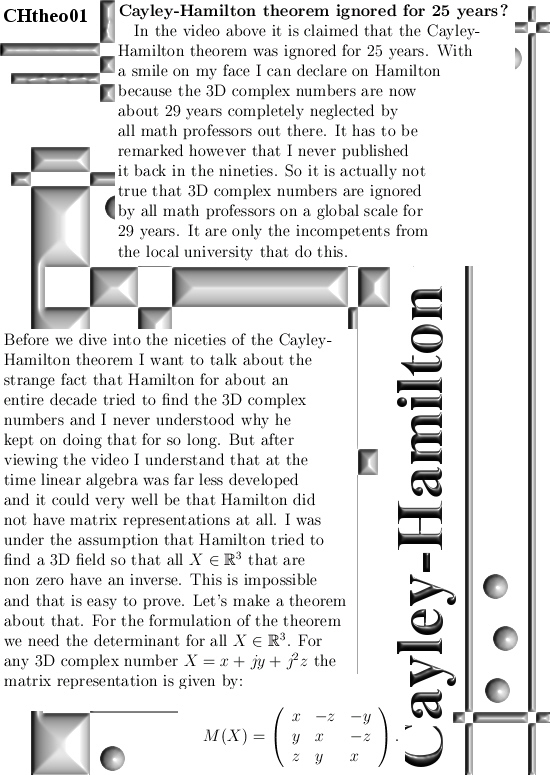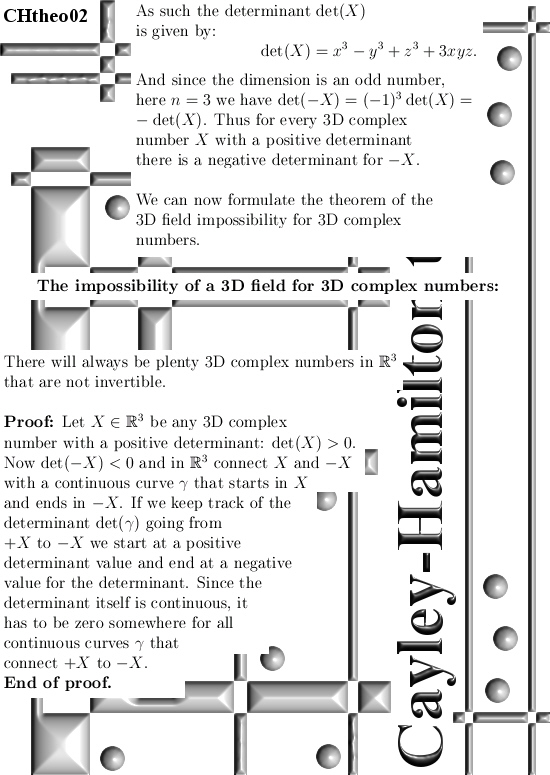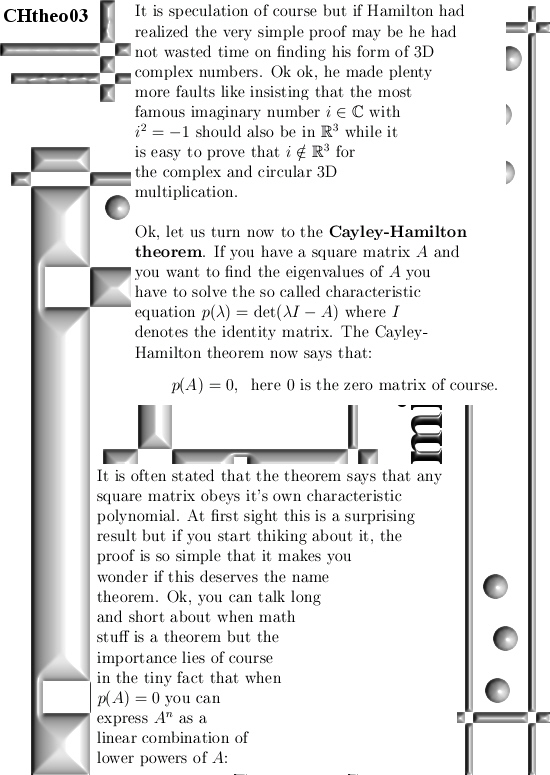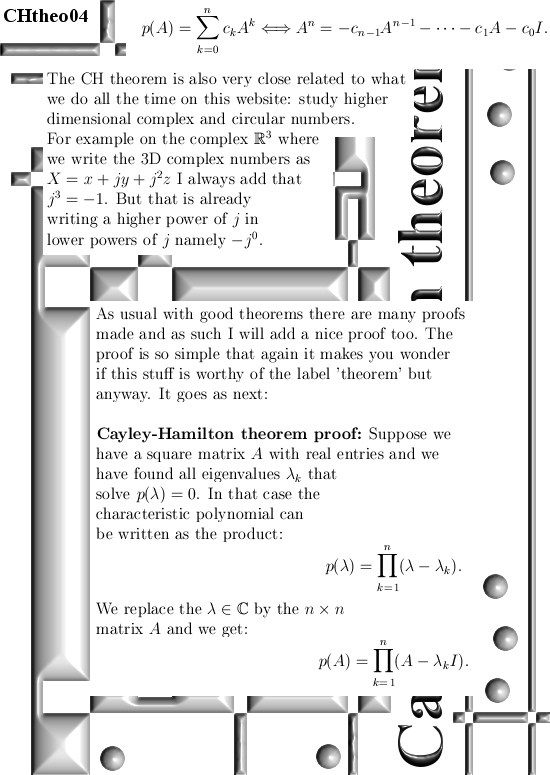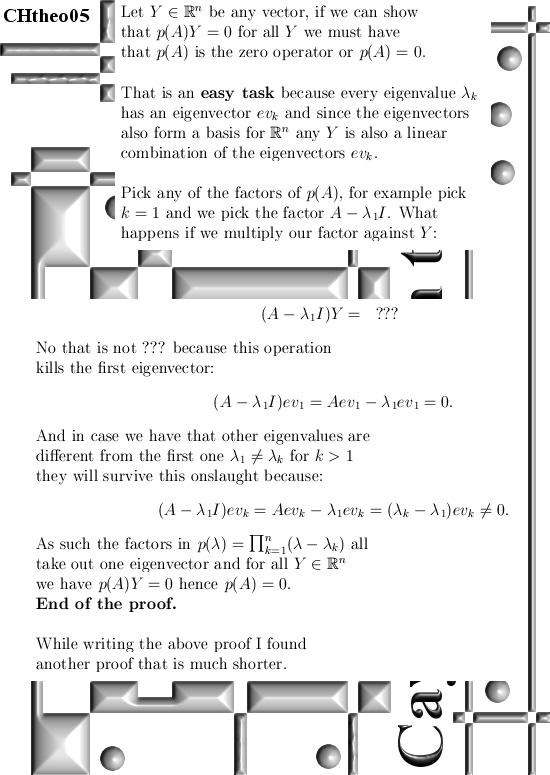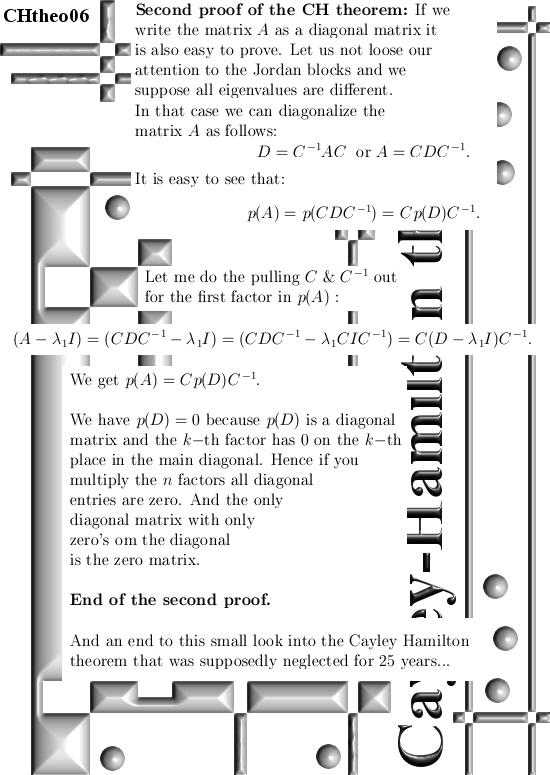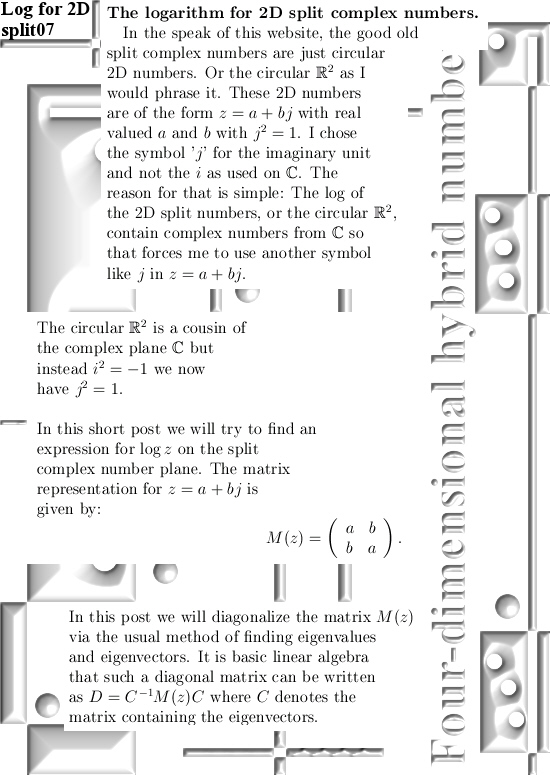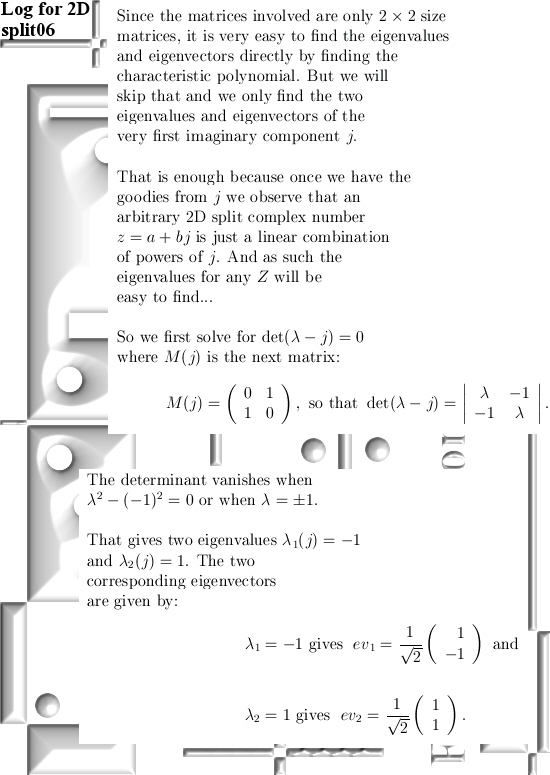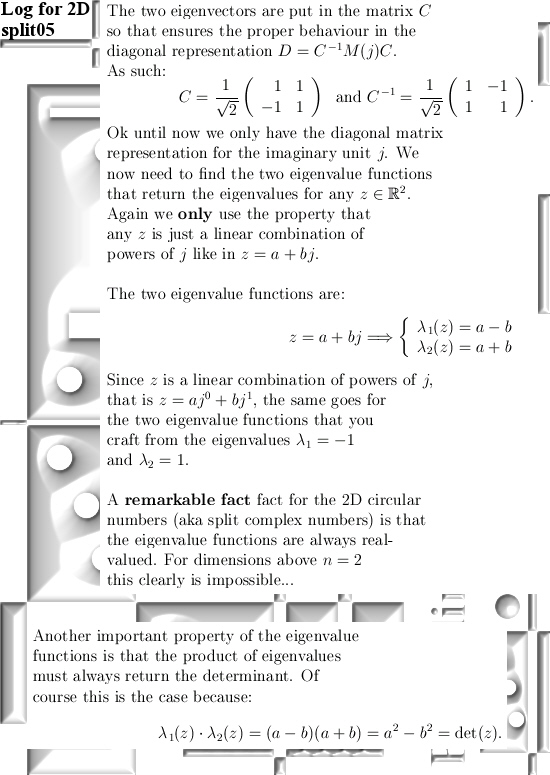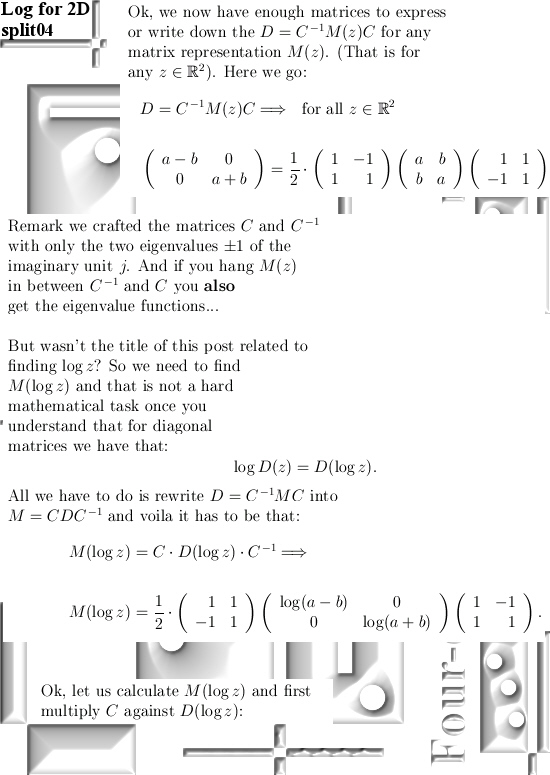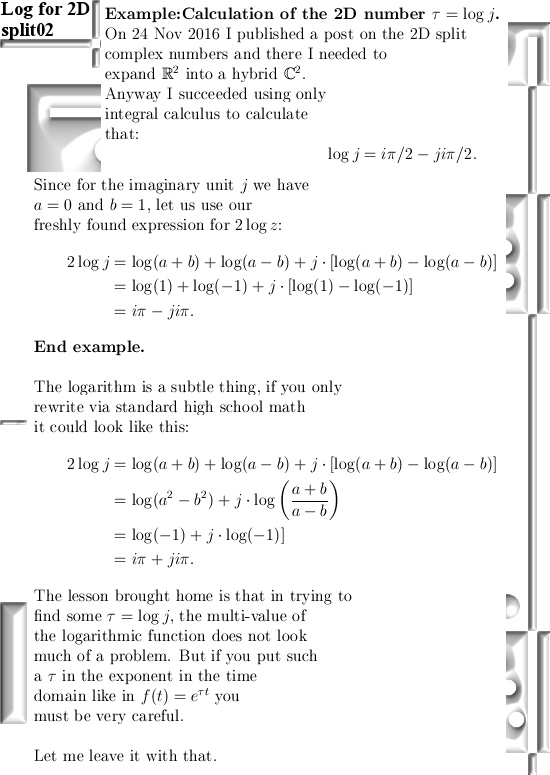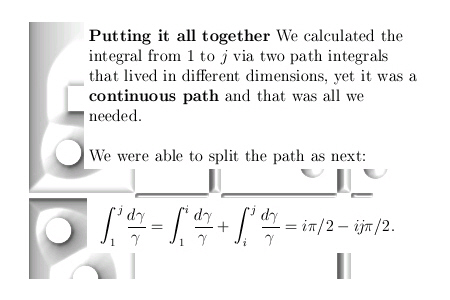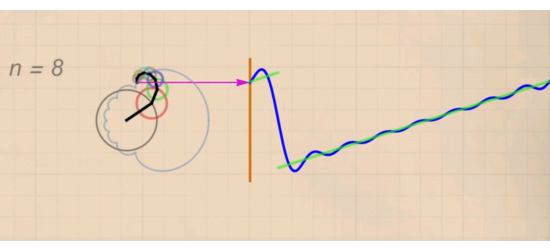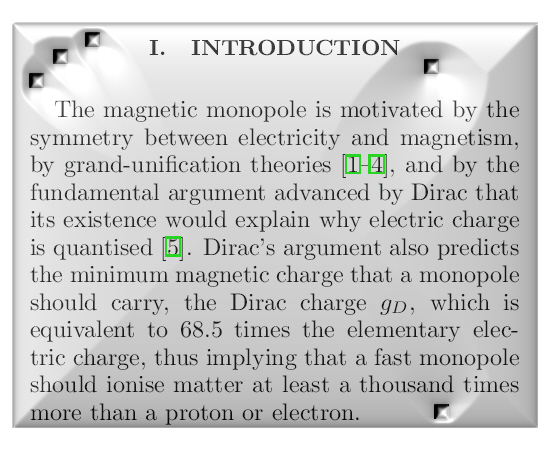In a pile of paper notes I found back this curious identiy, shall I throw it away or write a small post upon it? Most things I throw away, if I would write posts about everything that comes along this website would be 1340 posts long…
I found it in a video from Presh Talwalkar, Presh runs the video channel ‘Mind your decisions’ on Youtube. There is only a tiny problem: I can’t find back the original video. And since Presh has posted about 518 video’s it would take a long long time to find that video back. So no video included.
Anyway the video started more or less like next: Presh throws in three difficult looking integrals and asks his viewers to take five minutes and try out if they can find the answer. It looks like those integrals are for relatively fresh students and I was just like ‘you can’t ask such integrals for starting students!’ But likely those students had seen this identity and as such those nasty looking integrals could be solved with two fingers in the nose if they just recognized it to be this curious identity…
By the way, Presh his channel has about 1.4 million subscribers. My applause goes to Presh. One point four million is not a bad result, for example the university sponsored channel Numberphile has over three million subscribers so on his own Presh is doing just fine.
So this post is not about 3D numbers, complex or circular but upon this identity. It is only three pictures long so it won’t take much of your precious time. Let’s go:

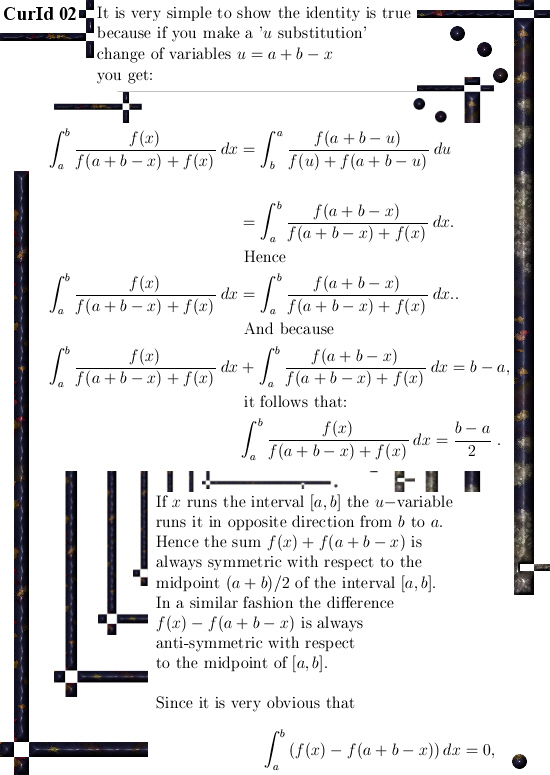
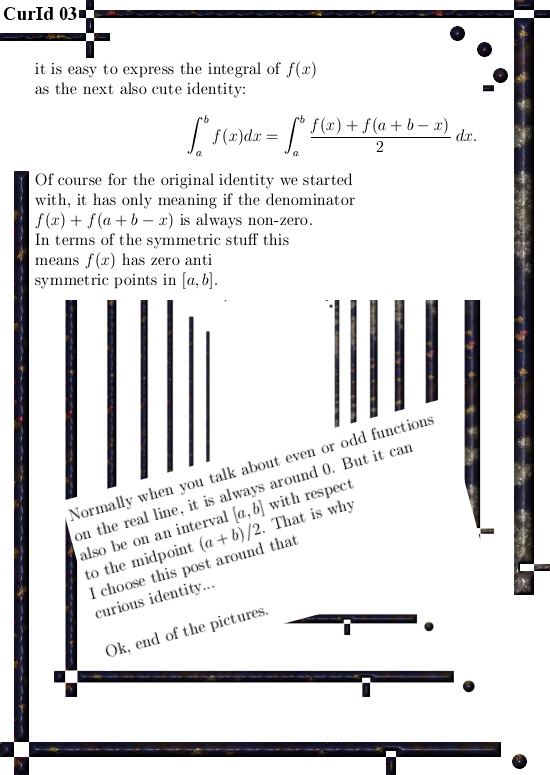
Of course with symmetric I mean a function that is even with respect to the midpoint of the interval [a, b]. Let’s try if we can post a link to the Presh Youtube channel: Mind your decisions.
Ok, that was it for this post. No idea yet what the next post is about, after all most things I just throw away. So till updates my dear reader.
